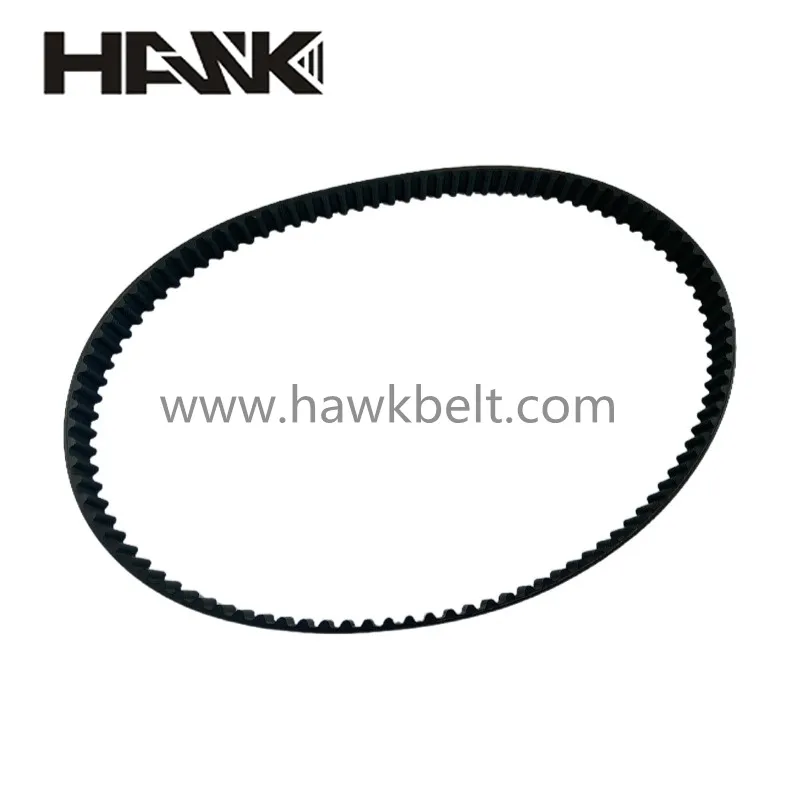- Arabic
- French
- Russian
- Spanish
- Portuguese
- Turkish
- Armenian
- English
- Albanian
- Amharic
- Azerbaijani
- Basque
- Belarusian
- Bengali
- Bosnian
- Bulgarian
- Catalan
- Cebuano
- Corsican
- Croatian
- Czech
- Danish
- Dutch
- Afrikaans
- Esperanto
- Estonian
- Finnish
- Frisian
- Galician
- Georgian
- German
- Greek
- Gujarati
- Haitian Creole
- hausa
- hawaiian
- Hebrew
- Hindi
- Miao
- Hungarian
- Icelandic
- igbo
- Indonesian
- irish
- Italian
- Japanese
- Javanese
- Kannada
- kazakh
- Khmer
- Rwandese
- Korean
- Kurdish
- Kyrgyz
- Lao
- Latin
- Latvian
- Lithuanian
- Luxembourgish
- Macedonian
- Malgashi
- Malay
- Malayalam
- Maltese
- Maori
- Marathi
- Mongolian
- Myanmar
- Nepali
- Norwegian
- Norwegian
- Occitan
- Pashto
- Persian
- Polish
- Punjabi
- Romanian
- Samoan
- Scottish Gaelic
- Serbian
- Sesotho
- Shona
- Sindhi
- Sinhala
- Slovak
- Slovenian
- Somali
- Sundanese
- Swahili
- Swedish
- Tagalog
- Tajik
- Tamil
- Tatar
- Telugu
- Thai
- Turkmen
- Ukrainian
- Urdu
- Uighur
- Uzbek
- Vietnamese
- Welsh
- Bantu
- Yiddish
- Yoruba
- Zulu
නොවැ. . 01, 2024 07:02 Back to list
Steps to Successfully Replace Your Serpentine Belt for Optimal Engine Performance
Understanding Serpentine Belt Replacement A Comprehensive Guide
The serpentine belt is a crucial component of a vehicle's engine system. This single, continuous belt is responsible for driving multiple peripheral devices, including the alternator, power steering pump, water pump, air conditioning compressor, and, in some designs, even the vehicle's cooling fan. Given its vital role, understanding the importance of serpentine belt replacement can help ensure the longevity and efficiency of your vehicle.
Signs of a Worn Serpentine Belt
Regular maintenance is key to the performance of any vehicle. Over time, the serpentine belt can wear out due to exposure to heat, friction, and contaminants. Here are some signs that your serpentine belt may need replacement
1. Visible Cracks or Fraying Inspect the belt regularly for any visible wear and tear. Cracks, fraying, or missing chunks can signify that the belt is nearing the end of its life.
2. Squeaking or Squealing Noises If you hear unusual noises when starting your engine or during operation, it might indicate that the belt is slipping or has lost tension.
3. Loss of Power Steering A failing serpentine belt can affect the power steering pump, making steering difficult, particularly at low speeds.
4. Overheating If the belt drives the water pump and it fails, the engine may overheat.
The Replacement Process
serpentine belt replacement

Replacing a serpentine belt is a relatively straightforward process that can often be completed at home, provided you have the necessary tools and a basic understanding of automotive repair. Here's a step-by-step guide
1. Prepare the Vehicle Ensure the vehicle is parked on a level surface, and engage the parking brake. Disconnect the battery for safety.
2. Identify the Belt Path Refer to the vehicle’s service manual or the belt routing diagram usually found on a sticker under the hood.
3. Remove the Old Belt Locate the tensioner pulley. Use a wrench or a serpentine belt tool to relieve tension on the belt, allowing you to remove it from the pulleys.
4. Install the New Belt Following the routing diagram, place the new belt onto the appropriate pulleys. Ensure it is properly seated in all grooves.
5. Check Tension Release the tensioner to apply tension to the new belt, then double-check that the belt is correctly positioned.
6. Reconnect the Battery Once everything is secure, reconnect the battery and start the engine to listen for any unusual noises.
Conclusion
Regularly checking and replacing your serpentine belt is essential for maintaining your vehicle's performance. A well-maintained belt can prevent a host of issues, from engine overheating to loss of power steering. As a rule of thumb, it’s advisable to inspect the serpentine belt every six months and consider replacement approximately every 60,000 to 100,000 miles, depending on the manufacturer’s recommendations. By taking proactive measures, you can enhance the reliability of your vehicle and ensure a smoother ride.
-
Korean Auto Parts Timing Belt 24312-37500 For Hyundai/Kia
NewsMar.07,2025
-
7PK2300 90916-T2024 RIBBED BELT POLY V BELT PK BELT
NewsMar.07,2025
-
Chinese Auto Belt Factory 310-2M-22 For BMW/Mercedes-Benz
NewsMar.07,2025
-
Chinese Auto Belt Factory 310-2M-22 For BMW/Mercedes-Benz
NewsMar.07,2025
-
90916-02660 PK Belt 6PK1680 For Toyota
NewsMar.07,2025
-
drive belt serpentine belt
NewsMar.07,2025

